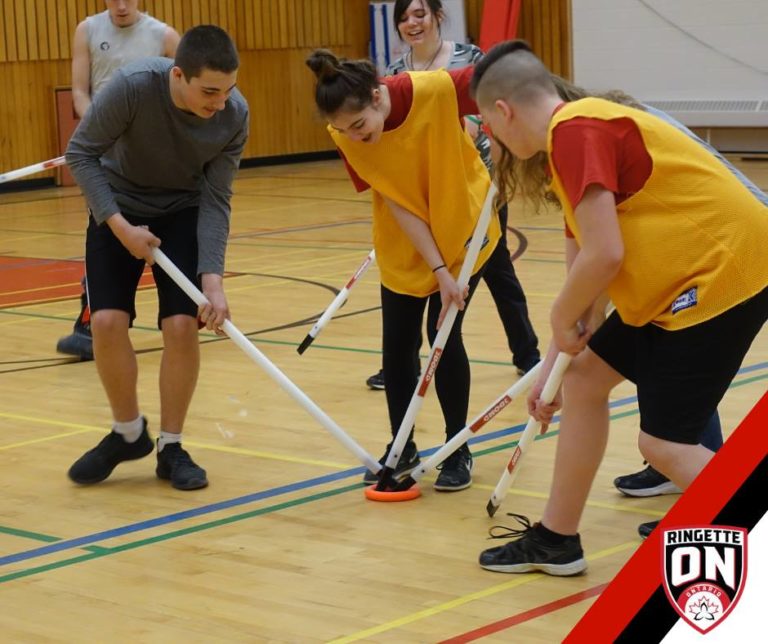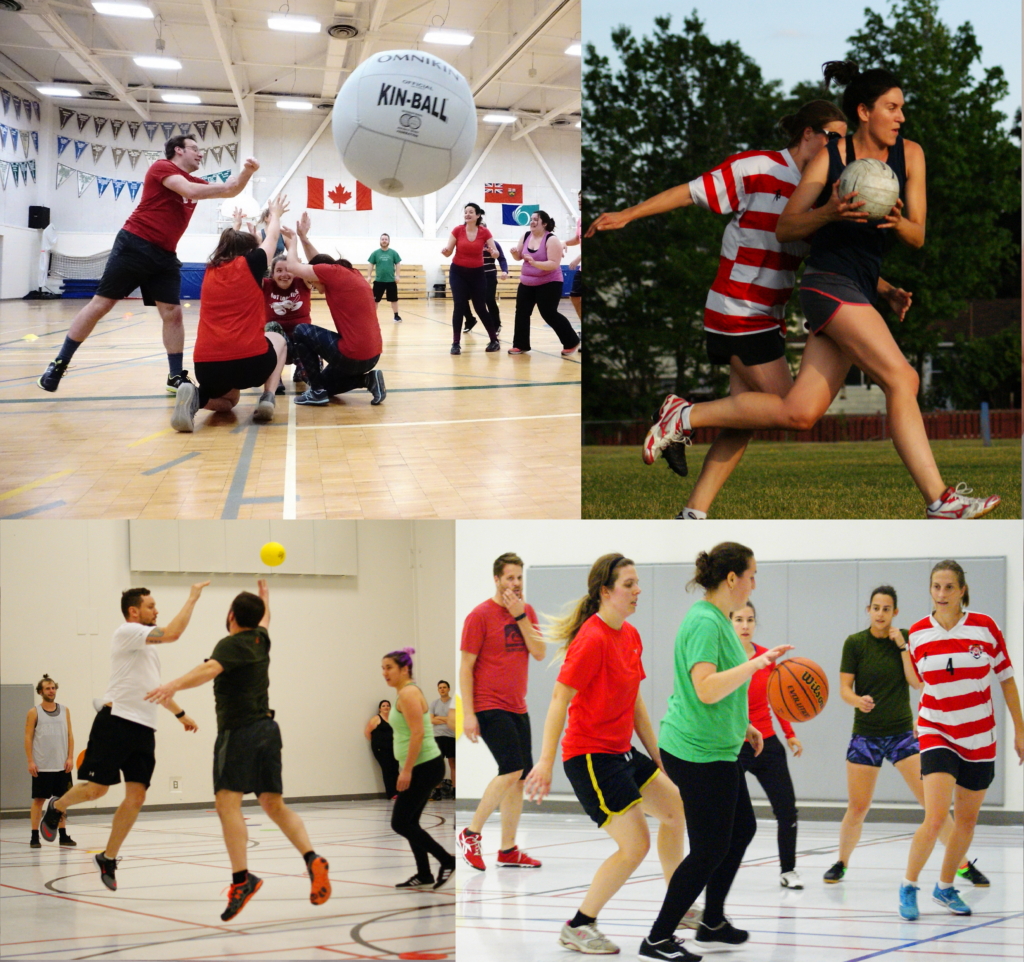Ringette Rules
There are several rules which are basic to the game of Ringette and give Ringette
its unique character. The following rules have been adopted for the use of a Gym
Ringette game. If you require on-ice rules, please contact Ringette Canada or one of its
representatives.
There must be two periods, where all players get to play at least once.
The ring must be passed across each zone line. The player passing the ring across the
zone lines may not touch the ring until it has been touched by another player.
The goalie is the only person permitted in the crease. If a player from the opposite
team goes in the defending teams crease, play stops and the defending team gets
the ring in a line pass-in by the side of the playing surface. No one but the goalie may
touch the ring when it is in the crease. No one’s stick or foot is allowed in the crease but
the goalie.
If the ring exits the playing surface during play, then the team who did not shoot out
the ring gets in by the line for a free pass-in.
No more then 6 players (including the goal keeper) are allowed on the playing surface
for each team at one time.
Players may change with teammates waiting at the sideline during play, but must tag
hands before exchanging places.
A team that is assessed a penalty must play short handed according to how many
people have a penalty
BASIC STANCE
Before teaching any type of ring handling, it is important that students stand
properly.
The feet should be approximately shoulder width apart pointing slightly•
outward.
The upper body leans slightly forward with the body weight on the balls of•
the feet.
Head is kept up, eyes looking forward.•
Arm of the bottom hand should be almost fully extended.•
Elbow of upper arm should be slightly flexed.•
Stick should be held in both hands with the tip on the ground and slightly to•
the side of the body. Both arms should be slightly away from the body.
The stick crosses the front of the body diagonally from the top hand at the•
butt end of the shaft and the tip is in contact with and slightly in front of the
skate on the opposite side. This is called the forehand side.
PASSING
Stand in the basic stance, keeping head up and looking where you want the ring•
to go.
Place stick in the ring, and bring the ring slightly behind the body.•
Using a sweeping arm motion and wrist action, the ring is propelled across•
the front of the body while weight is transferred from backward to frontward
motion as the pass is made.
the ring is released from a position slightly ahead of the front foot.•
The player should not start the pass from a position too far behind the body.•
The velocity of a pass comes from strength of the arms and shoulders, and•
snap of the wrist.
Accuracy is determined by the guiding motion of the hands and the follow-•
through (watch that the player does not high stick).
The stick follows the ring in the direction of the target for more precision. This•
is done by keeping the elbows away from the body in the follow through.
Passing should be introduced with participants in stationary passing and receiving
situations. Continue by integrating passing and receiving on the move.



